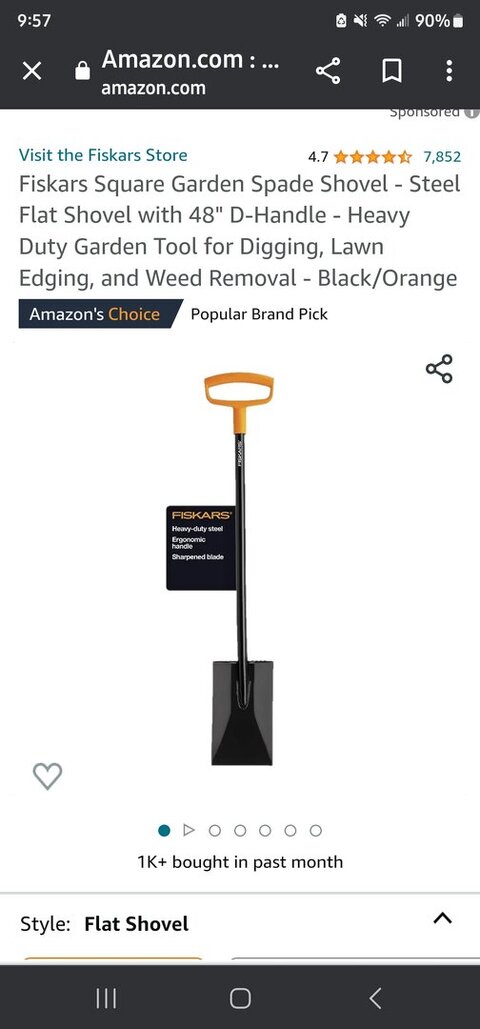I just signed up for Dish network and have an install scheduled early next week and would like to know what to expect from the tech doing the install. (I'm converting from Directv). My current setup is 100' of buried coax from my home to a ground mast. At the time I buried the cable myself in PVC conduit to protect it from hungry gophers. I don't think Dish will be able to use my DirectTV mast because their azimuth is about 20 degrees further South. The current run will likely need to be extended another 60' to clear a row of fir trees for a total run of 160'.
1. Will a Dish Tech likely splice into my existing 100' Direct TV run and extend it 60' with new cable of will they want to a new continuous run of new 160' cable?
2. Does Dish bury/trench cable? I'd want the extra 60' run buried in PVC conduit. What will a tech do?
3. I've told Dish sales that I want a second Dish and a Wally receiver for my cabin at the coast for a self install. (replacing my second DTV install out there.) Will a tech follow that request and leave me the remote Wally receiver and dish hardware?
4. For my self install at the coast, I've aligned DTV via dithering without any issues. Is Dish any harder to align using the signal from the receiver than DTV?
TIA. I'd really like to know how a typical install Tech will deal with my unique situation to get a new customer.
P.S. Where the picture is taken is the most likely site for DISH given the azimuth differences.

1. Will a Dish Tech likely splice into my existing 100' Direct TV run and extend it 60' with new cable of will they want to a new continuous run of new 160' cable?
2. Does Dish bury/trench cable? I'd want the extra 60' run buried in PVC conduit. What will a tech do?
3. I've told Dish sales that I want a second Dish and a Wally receiver for my cabin at the coast for a self install. (replacing my second DTV install out there.) Will a tech follow that request and leave me the remote Wally receiver and dish hardware?
4. For my self install at the coast, I've aligned DTV via dithering without any issues. Is Dish any harder to align using the signal from the receiver than DTV?
TIA. I'd really like to know how a typical install Tech will deal with my unique situation to get a new customer.
P.S. Where the picture is taken is the most likely site for DISH given the azimuth differences.


